Ideas Lab
Visual Impairments on Public Transport
JELENA LABUDOVIC
Research (Wai-Ying L., Mengqiu C., De Vos J., Hickman R., 2020) indicates that when designing for disabilities in the context of public transport, disabilities tend to be looked at as a whole rather than individually.
This results in concerns being overlooked, for example people with visual impairments struggle to locate priority seating/stop buttons on handrails because different layouts/designs of buses are used on the same route (Wai-Ying L., Mengqiu C., De Vos J., Hickman R., 2020). This could be overcome through the use of tactile flooring, so that the location of seats and other features are indicated in a subtle way that fits in with the design of the bus.
What other aspects of public transport could be improved in order for people with visual impairments to experience better journeys?
References:
Wai-Ying, L. Mengqiu, C. De Vos, J. Hickman, R. (2020). The journey experience of visually impaired people on public transport in London. Transport Policy, Science Direct. https://www.sciencedirect.com/science/article/abs/pii/S0967070X19308364
Coventry University, (2021) Automotive and Transport Design course, Module 4003AAD Design, Function and Users. Led by Dr Peter Atkinson
Comments
Thanks Jelena. What I find interesting about this method is that it doesnt 'shout' its purpose. The tactile flooring can be highly functional, yet it can also be part of the overall graphic aesthetic of the interior. It would be easy to not notice that it is for the benefit of anyone needing additional tactile infomration.
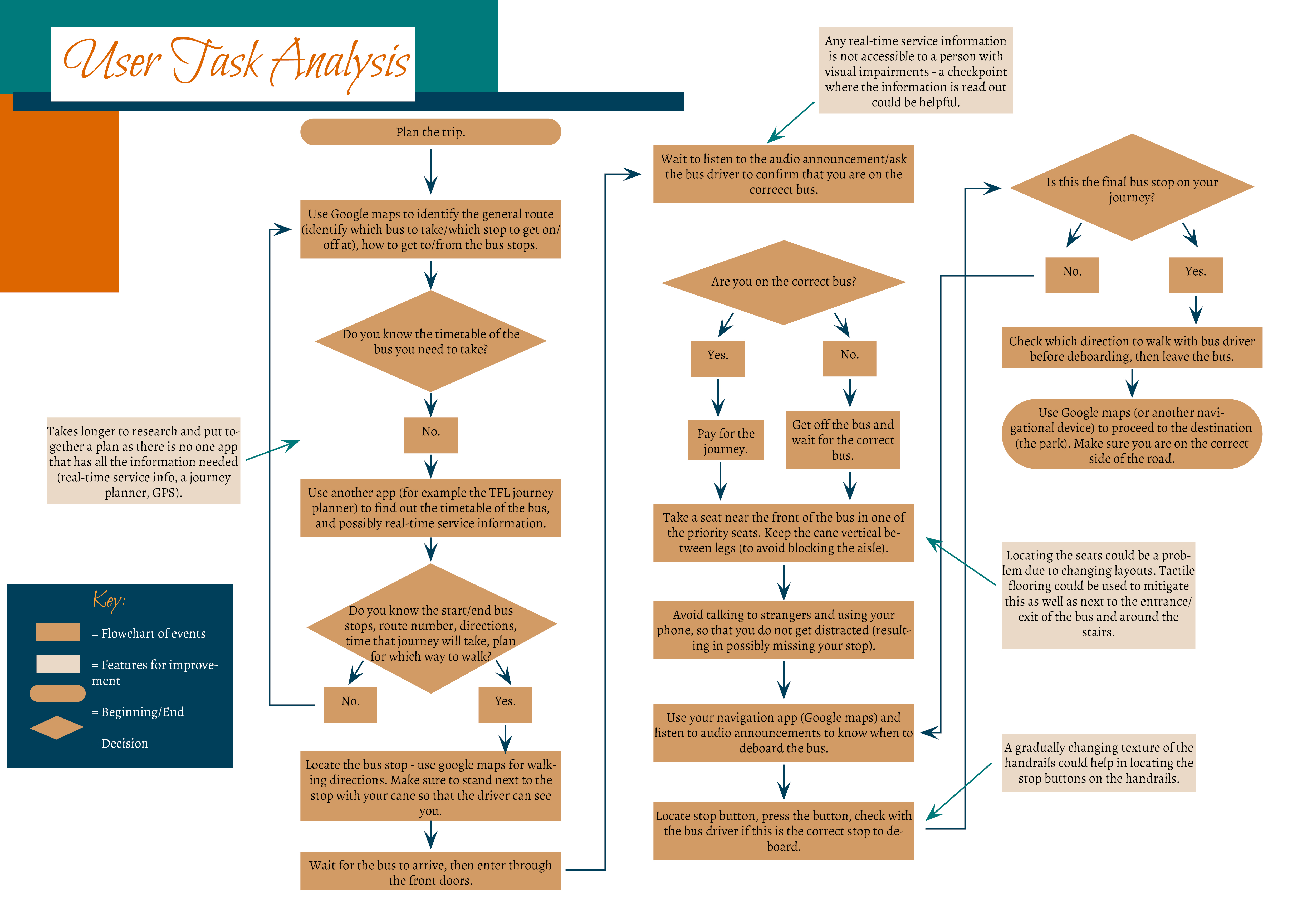
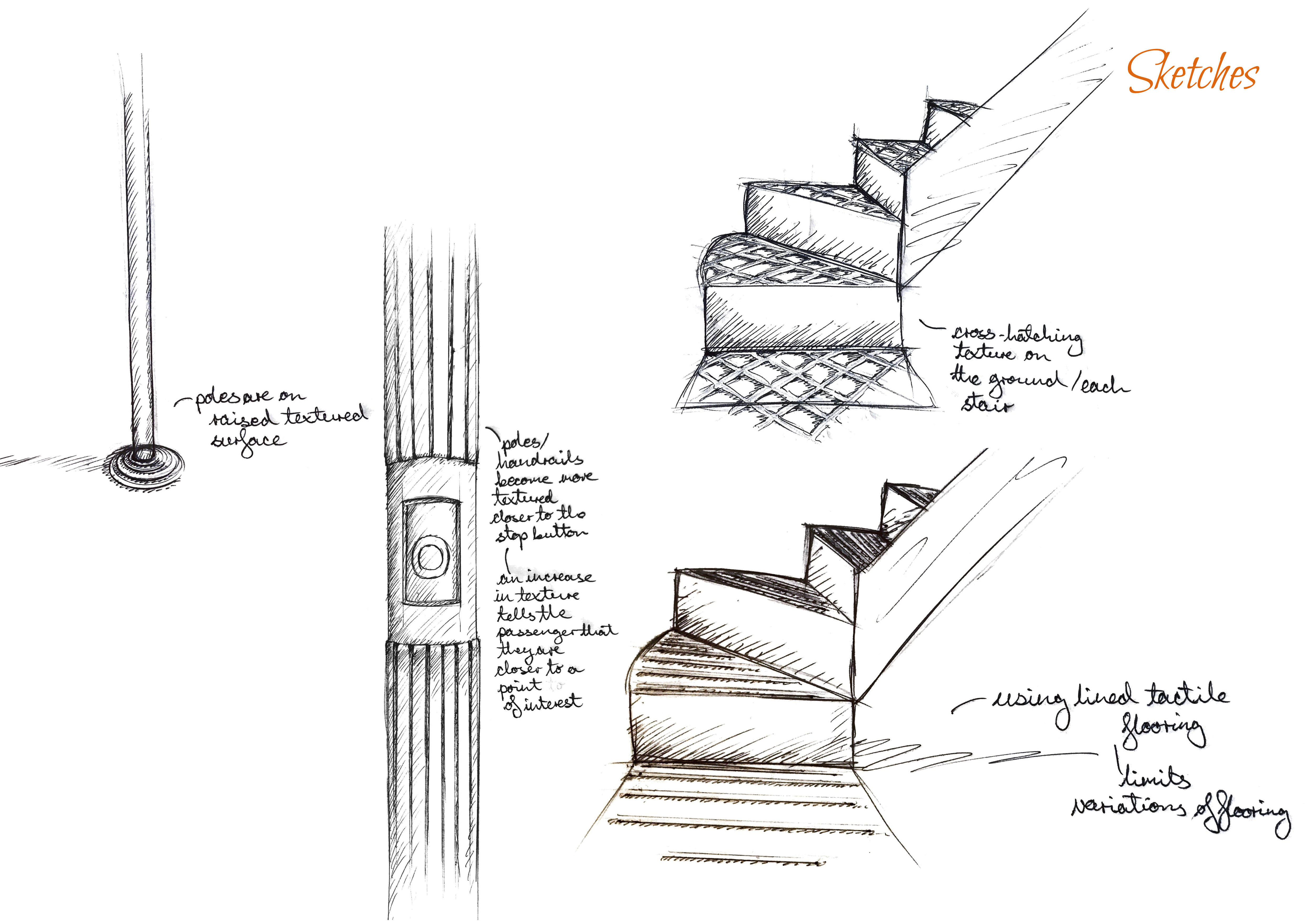
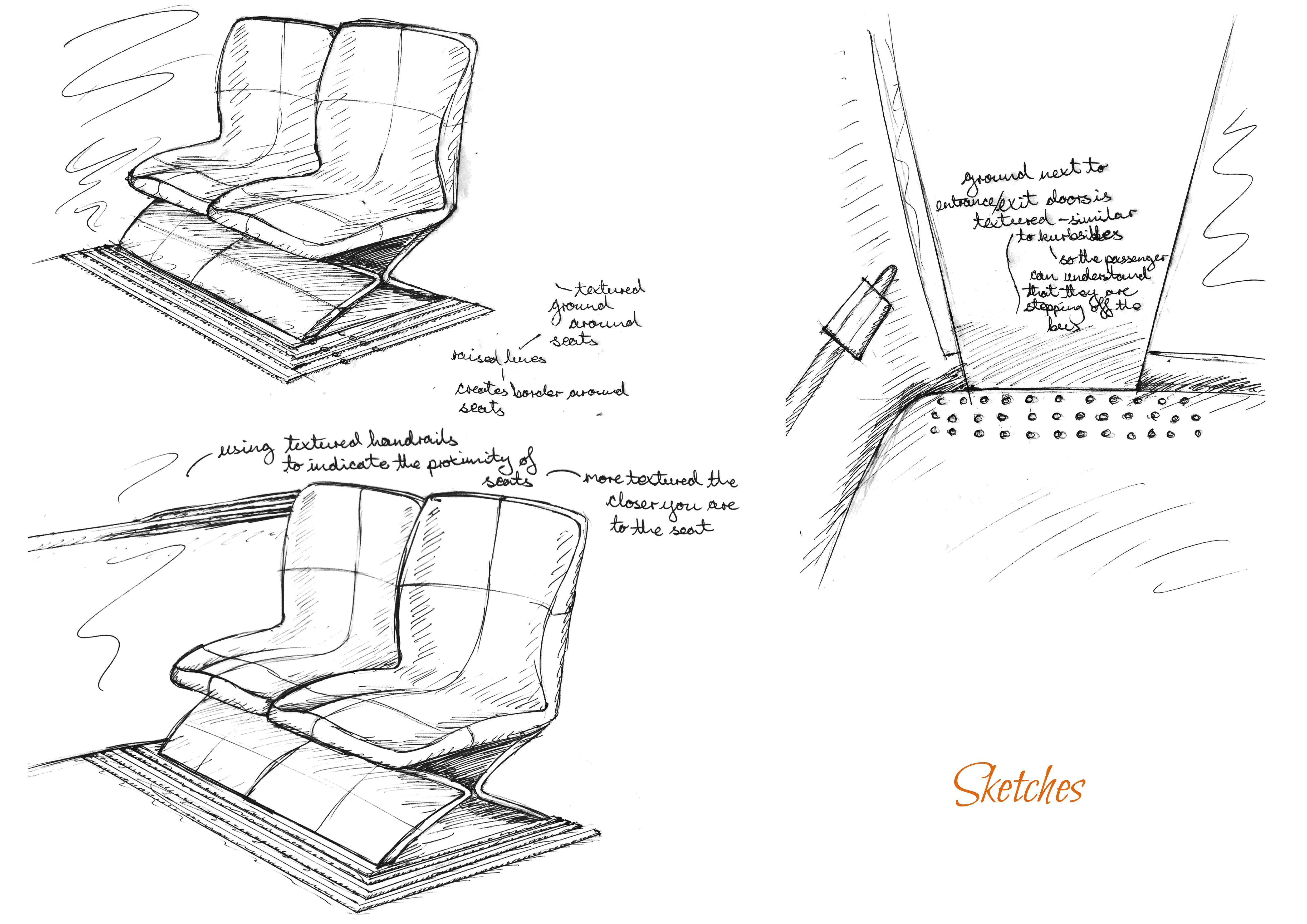
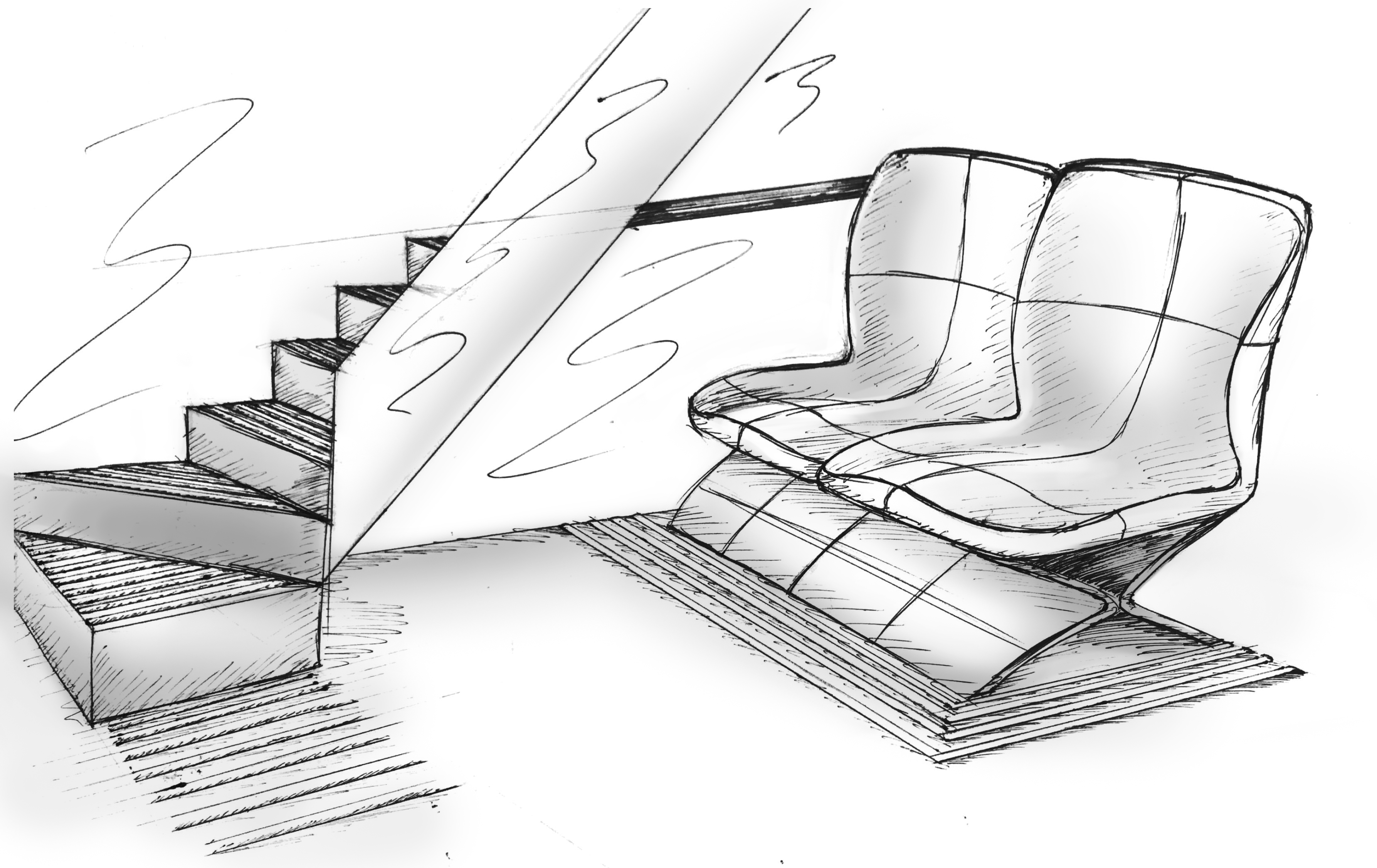
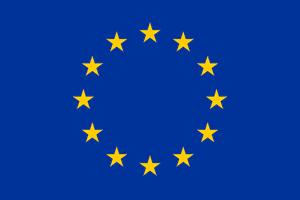
4 years ago